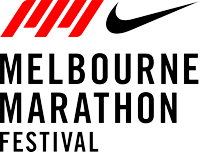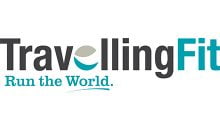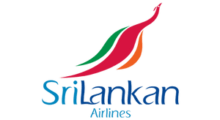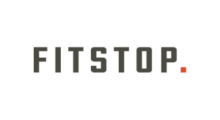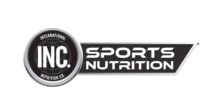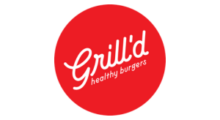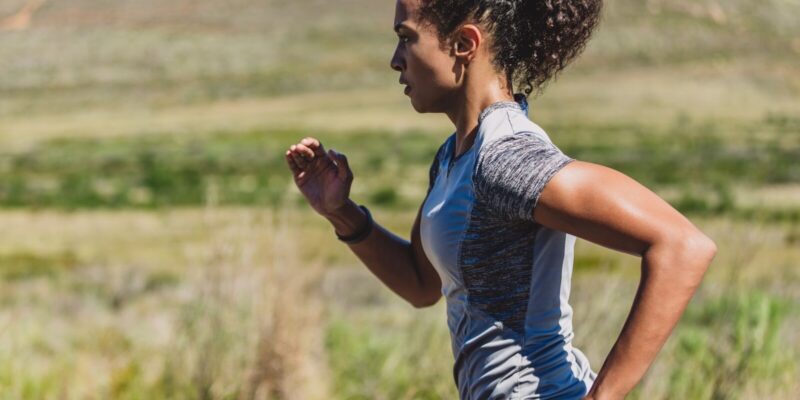
Injuries. They’re a runner’s biggest enemy. The truth is, sometimes we can focus so much on the run, we forget to take care of ourselves. But ultimately, the only way to stay running strong is to make sure you look after yourself.
From proper rest to active recovery techniques, these are the secrets that will help you avoid those sore knees, shins, ankles, and feet, to unlock your full potential as a runner.
Warming up
Your body needs proper warming up before exercise to get your blood flowing and more oxygen into your muscles. This also helps to reduce muscle stiffness and increase flexibility for better performance. Okay, now be honest. Do you skip it? (No, the first kilometre doesn’t count.)
Make a warm-up part of your routine and you’ll see all kinds of benefits, from feeling stronger to breathing easier. And best of all, a much lower risk of injury.
It doesn’t have to be much. Even a five-minute dynamic stretch — like squats, lunges and leg swings — can be enough to get your heart pumping and muscles nice and limber.
Cooling down
Crossing that finish line or hitting that milestone feels great, but it’s also usually when collapsing onto the floor becomes seriously appealing. Before you come to a total stop, it pays to do a quick cool down. Try a really slow jog for a minute or two, then a couple minutes of walking.
Why? Science. When we exercise, our blood vessels expand to let more blood flow through. If you abruptly stop exercising, your heart rate drops faster than these vessels can tighten, and it can mean blood starts pooling in your extremities rather than going to your heart and brain. The result: a sudden drop in blood pressure, leading to light-headedness, and the possibility of passing out. In summary? Don’t skip the cooldown.

Recovery, recovery, recovery
So, you’ve warmed-up, smashed out a run, and cooled down properly. Nice work. But your recovery is only just beginning.
Hopefully you’ve been hydrating before and during your workout, but it’s especially important to stay hydrated afterwards as well. Any drink with electrolytes will help to restore your much-needed fluids and energy. Give your muscles a light stretch (maybe bring in that recovery ball for any extra tight spots). Then, after an hour or so, eat something with protein and complex carbs to aid your muscular recovery.
The hard work’s all done, so now’s the time to invest in rest and recovery.
Recovery doesn’t necessarily mean becoming a couch potato, but avoiding overworking your muscles and joints to allow them to recover (and ultimately, prevent injury). A great way to keep moving while letting your body repair is through active recovery. Active recovery is any low-intensity activity, like walking or swimming, that promotes muscle recovery and blood flow to flush out the toxins built up in your muscles from high-intensity training.
For some of you high achievers, rest days might be a strange concept — but a regular day off and active recovery in between workouts gives your body critical time to heal, recover, and grow stronger.
Preventing those injuries
Chances are you’ve experienced stitches, body stiffness, or muscle soreness and fatigue. The good news is that these can be minimised, if not prevented.
One universal tip for helping to avoid injury is to incorporate strength training. A strong core, hips and glutes can prevent a range of issues like runner’s knee and hamstring strains, while compound movements like squats and deadlifts can correct any muscular imbalances and improve your stability.
With a holistic training routine, you’ll also become more flexible (and feel less like a plank of wood in the days after your run).
Sore knees
Runners often experience this in the form of pain at the front of the kneecap. Wrapping your knee is one way to provide extra stability, but make sure you don’t go too tight and restrict your blood flow. You can also try using a knee compression sleeve during and/or after your run to provide support and help improve blood flow. Sore and swollen knees may also be a symptom of tight quads, glutes, and hamstrings. Getting out the foam roller can alleviate some of the pressure on those muscles to reduce those niggles.
Stitches
If you find yourself getting a stitch at the worst possible time during a run, it could be down to a few things, such as dehydration, your stride breathing pattern, or eating and drinking too much beforehand. The truth is, we don’t entirely know what causes stitches. If you feel a stitch coming on, an effective way to stop it is simply slowing your pace and stretching out your core muscles with deep breathing. To help prevent stitches while running, always warm up first, and ensure that you are regulating your breathing and breathing deeply while running.
Shin splints
Known as medial tibial stress syndrome (MTSS), it’s an exercise-induced pain and the bane of many runners. MTSS is a broad term for the pain that occurs on the inside of the tibia, usually from overusing your shins in high-impact exercises (yep, like running). MTSS can be a symptom of overloading, so the fix might be as simple as reducing the intensity, or load, of your workouts. That doesn’t necessarily mean stop running altogether, just taking things a bit easier until the symptoms subside. If ignored, the pain may even become more intense.
Stretching your calves can also help, but if you find the pain persisting, it’s worth seeing your GP, physio or podiatrist.
You may have noticed that everything here ties in to one consistent theme.
Listen to your body
Your body knows what it needs. Listen to it and act on it.
What matters is that you learn about yourself and your capabilities, so that when something doesn’t feel quite right, you’re equipped to analyse and address it.
Pushing yourself is what runners do. But pushing too far — or too fast, or too long, or too intensely — can have the opposite effect. If you’re feeling significant pain, rather than discomfort, you might be heading swiftly towards injury-land. That’s why it pays to seek professional advice. Getting health insurance that includes extras cover, like physiotherapy, podiatry, and myotherapy, will give you the peace of mind that help is available, should you ever need it.
Remember, there will always be finish lines. But as long as you look after yourself, there’s no end to a running lifestyle.

Bupa. Official Health Insurance Partner of the Nike Melbourne Marathon Festival
